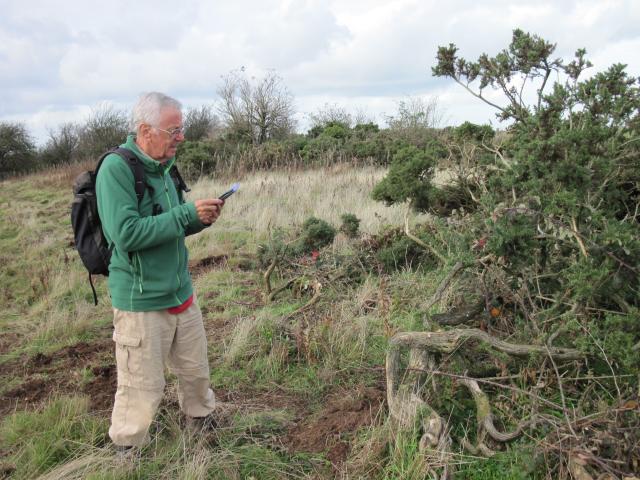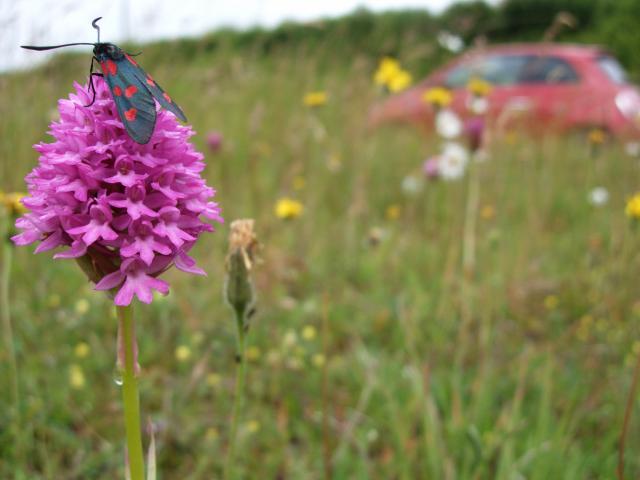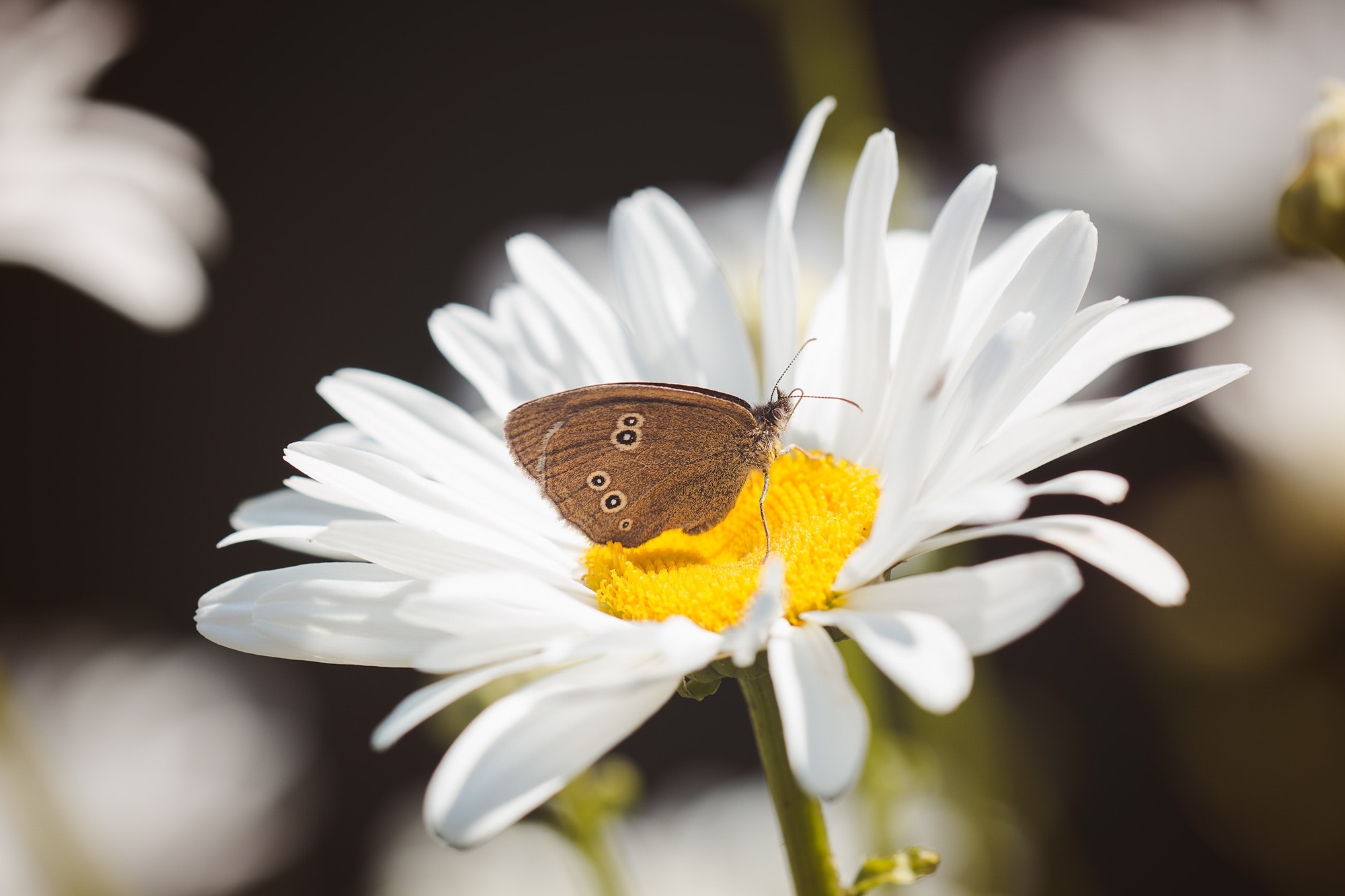Data gathered through Butterfly Conservation’s world-renowned monitoring and recording schemes provide a valuable resource for measuring how butterfly and moth populations in the UK are faring. An important contribution of the data is in producing indicators for multiple species, which are calculated by combining species-level information. Indicators provide a valuable measure of biodiversity change and can be used to assess progress towards reaching biodiversity targets and inform government policy, as well as research and conservation action.

Butterfly Conservation, working closely with a number of partners, produce butterfly and moth indicators for a variety of applications and purposes. Perhaps most notably, UK indicators for habitat specialist and wider countryside butterflies are produced annually using data from the UK Butterfly Monitoring Scheme (UKBMS) and are part of a suite of UK government indicators. Up to date indicators for 2018 have recently been released for the UK1- since 1976 habitat specialist butterflies have declined by 77% and wider countryside species have seen a decrease of 46%. Indicators for butterflies in Scotland are also produced on an annual basis2, as well as farmland and woodland indicators for wider countryside butterflies for both the UK and England3.
More widely, butterfly and moth data also contribute to the State of Nature project, which provides a valuable assessment of UK biodiversity change across multiple taxa4, with an updated report due later in 2019.
Butterfly Conservation is also working with a team of partners across the EU on the EU-funded ABLE (Assessing ButterfLies in Europe) project to produce improved and up to date biodiversity indicators for butterflies in Europe, including new trends for species in grassland, woodland and wetland habitats in Europe.
Recent work at Butterfly Conservation has included the development of indicators for moths, in particular producing up to date indicators for moths in Scotland5, in partnership with Scottish Natural Heritage and Rothamsted Research. Although abundance indicators, produced from monitoring data such as the UKBMS or Rothamsted Insect Survey, are relatively well-established, suitable statistical methods for producing occupancy trends from distribution records, for example from the Butterflies from the New Millennium and the National Moth Recording Scheme, have only recently been developed6. This provides the opportunity for greater understanding of how species’ populations are doing by assessing changes in both abundance and occupancy.

As well as contributing to general assessments of biodiversity, indicators are valuable for evaluating how butterflies and moths are doing in particular locations or habitats. Along with collaborators, Butterfly Conservation developed a novel indicator for butterflies in urban areas7, which revealed stronger declines for urban compared to rural areas. Butterfly Conservation also works with various land management bodies, for example the National Trust and Forestry England, to assess how species are performing on their land holdings and in relation to elsewhere.
Given the usefulness and wide applicability of biodiversity indicators, it is vital that they are produced in a statistically robust way. Improving the methods used to construct biodiversity indicators is an area of ongoing development for Butterfly Conservation. Indicators are useful for condensing large and complex amounts of information about many species into a single index, but this also means that the underlying detail is potentially lost in their presentation. A recent study8 explored options for enhancing the presentation of indicators, in order to better aid interpretation and understanding of biodiversity metrics. Butterfly Conservation is also currently working in collaboration with the Centre for Ecology & Hydrology and the University of Kent to develop improved statistical methods for creating biodiversity indicators, for example by accounting for the uncertainty associated with the underlying species-level information.
Dr Emily Dennis
Senior Ecological Statistician
References
- https://www.gov.uk/government/statistics/butterflies-in-the-wider-countryside-uk
- https://www.nature.scot/scotlands-indicators-terrestrial-insects
- https://www.gov.uk/government/statistics/butterflies-in-the-wider-countryside-england
- Hayhow DB, Burns F, Eaton MA, Al Fulaij N, August TA, Babey L, Bacon L, Bingham C, Boswell J, Boughey KL, Brereton T, Brookman E, Brooks DR, Bullock DJ, Burke O, Collis M, Corbet L, Cornish N, De Massimi S, Densham J, Dunn E, Elliott S, Gent T, Godber J, Hamilton S, Havery S, Hawkins S, Henney J, Holmes K, Hutchinson N, Isaac NJB, Johns D, Macadam CR, Mathews F, Nicolet P, Noble DG, Outhwaite CL, Powney GD, Richardson P, Roy DB, Sims D, Smart S, Stevenson K, Stroud RA, Walker KJ, Webb JR, Webb TJ, Wynde R and Gregory RD (2016) State of Nature 2016. The State of Nature partnership.
- Dennis, E.B., Brereton, T.M., Morgan, B.J.T., Fox, R., Shortall, C.R., Prescott, T. & Foster, S. (2019) Trends and indicators for quantifying moth abundance and occupancy in Scotland. Journal of Insect Conservation, 23, 369-380. https://doi.org/10.1007/s10841-019-00135-z
- Dennis, E.B., Morgan, B.J.T., Freeman, S.N. Ridout, M.S., Brereton, T.M., Fox, R., Powney, G.D & Roy, D.B. (2017). Efficient occupancy model-fitting for extensive citizen-science data. PLoS ONE, 12(3): e0174433. https://doi.org/10.1371/journal.pone.0174433
- Dennis, E.B., Morgan, B.J.T., Roy, D.B & Brereton, T.M. (2017) Urban indicators for UK butterflies. Ecological Indicators, 76, 184-193. http://dx.doi.org/10.1016/j.ecolind.2017.01.009
- Dennis, E.B., Morgan, B.J.T., Fox, R., Roy, D.B. & Brereton T.M. (2019) Functional data analyses of multi-species abundance and occupancy data sets. Ecological Indicators, 104, 156-165. https://doi.org/10.1016/j.ecolind.2019.04.070


